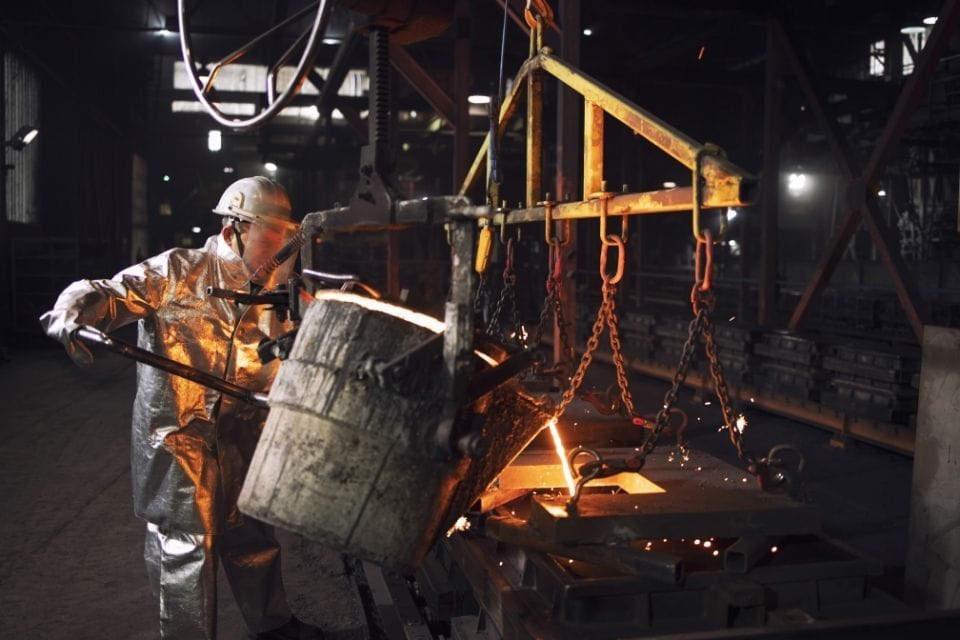
Buying aluminized PPE is just the beginning.
Without a system for assessment, selection, training, and maintenance, even the most advanced protective clothing won’t protect your workers—or your company.
If your team works near molten metal, radiant heat, or furnaces, you need more than gear.
You need a structured PPE program that makes sure the right people wear the right protection—in the right way.
Here’s how to design an effective aluminized PPE program from scratch.
Step 1: Conduct a Heat Hazard Risk Assessment
Start by identifying:
- What heat sources exist (radiant, convective, splash, contact)?
- What metal types and temps are present?
- How close do workers get to the heat source?
- How long is each exposure per shift?
- Are workers stationary or mobile?
✅ Use this to classify jobs into low, medium, or high thermal risk—which will guide garment selection.
Step 2: Select the Right Garments per Role
Each task needs its own PPE combination:
| Job Function | PPE Set |
|---|---|
| Furnace Attendant | Full suit + hood + boot covers |
| Glass Operator | Aluminized jacket + sleeves + face shield |
| Welder / Cutter | Apron + sleeves + spats |
| Maintenance Team | Lightweight coat + gloves + gaiters |
| Supervisor (on floor) | FR basewear + emergency-use aluminized vest |
✅ Choose certified fabrics (ASTM F955 / EN ISO 11612), and balance protection with comfort and movement.
Step 3: Layer for Maximum Protection
Use a three-tier PPE layering strategy:
-
Base Layer:
- Moisture-wicking FR cotton or aramid
- No synthetic fibers (polyester/nylon)
-
Mid Layer (Optional):
- Quilted or insulated FR liner
- Used in cold environments or prolonged heat zones
-
Outer Layer:
- Aluminized coat, apron, coverall, etc.
- Reflects heat, blocks splash, certified by hazard type
🔥 Never wear regular clothing under aluminized PPE.
Step 4: Train Workers for Safe Usage
Even the best gear won’t work if worn incorrectly.
Train workers to:
- Understand what each layer does
- Wear items in the correct order
- Check for gaps in protection (wrists, neck, ankles)
- Identify and report wear or damage
- Clean and store garments properly
- Pair aluminized PPE with gloves, helmets, face shields, and respirators
✅ Include PPE instruction in onboarding + annual refreshers.
Step 5: Create a Maintenance & Inspection Routine
Build a simple checklist and schedule:
| Frequency | Action |
|---|---|
| Daily | Visual inspection (reflective surface, seams, closures) |
| Weekly | Light test, wipe down, check for smell/stiffness |
| Monthly | Full wash (per care instructions) |
| Quarterly | Rotate or replace garments showing wear |
| Annually | PPE audit by safety supervisor or EHS manager |
✅ Keep a logbook or digital tracker per garment for accountability.
Step 6: Plan for Replacement & Scaling
Garments degrade over time—plan ahead:
- Set expected lifespan (e.g. 12–24 months depending on use)
- Monitor wash count and inspection results
- Maintain stock buffer for new hires or damaged pieces
- Reorder by team, size, and role using a standard SKU matrix
- Include custom branding or language for teams in global sites
🗓 Never wait for failure—replace based on usage schedule, not visual guesswork.
Step 7: Ensure Documentation and Compliance
Prepare your PPE program to pass any audit or customer inspection:
- Keep copies of certification documents (ASTM, NFPA, EN)
- Ensure garments are labeled correctly (date, CE, standard codes)
- Provide user instruction sheets/manuals with PPE sets
- Translate labels and training for non-English speaking teams
- Track which employees have received what gear
✅ For export: ensure all documentation meets destination country regulations.
What to Ask Your Supplier
- Can you help us design a full PPE matrix by job role?
- Can garments be custom-labeled per team or region?
- What’s the standard shelf life and recommended wash limit?
- Do you offer replacement part kits (cuffs, Velcro, liners)?
- Can you provide multi-region certification for international projects?
At workwearsolutions, we help clients build PPE programs—not just place product orders.
Conclusion
Aluminized PPE is not a one-off purchase—it’s a long-term safety system.
With the right strategy, your team will be:
- Fully protected
- Fully compliant
- Fully trained
- Fully supported
Need help designing an aluminized PPE program from scratch—or optimizing your current system?
Let’s build something safe, scalable, and smart—together.
📩 Contact: [email protected]
🌐 Visit: www.workwearsolutions.net
Zion Zhang
Recent Posts
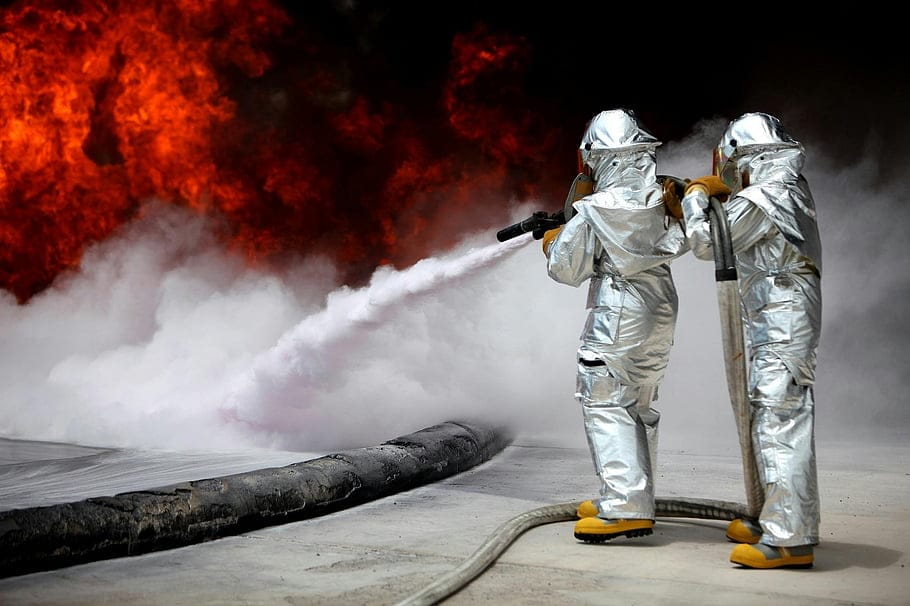 Global Compliance for Aluminized Clothing: Export Standards for USA, EU, Middle East, and Asia2025年7月8日Aluminized PPE is only effective when it’s compliant—and […]
Global Compliance for Aluminized Clothing: Export Standards for USA, EU, Middle East, and Asia2025年7月8日Aluminized PPE is only effective when it’s compliant—and […]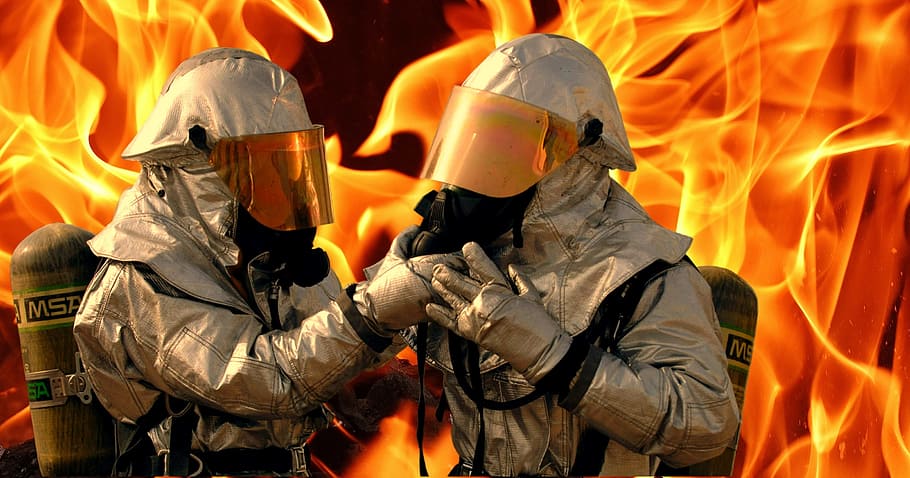 Aluminized Clothing by Industry: Application-Specific Selection for Foundry, Glass, Welding, and More2025年7月8日Not all high-heat jobs are the same—so not all aluminized […]
Aluminized Clothing by Industry: Application-Specific Selection for Foundry, Glass, Welding, and More2025年7月8日Not all high-heat jobs are the same—so not all aluminized […]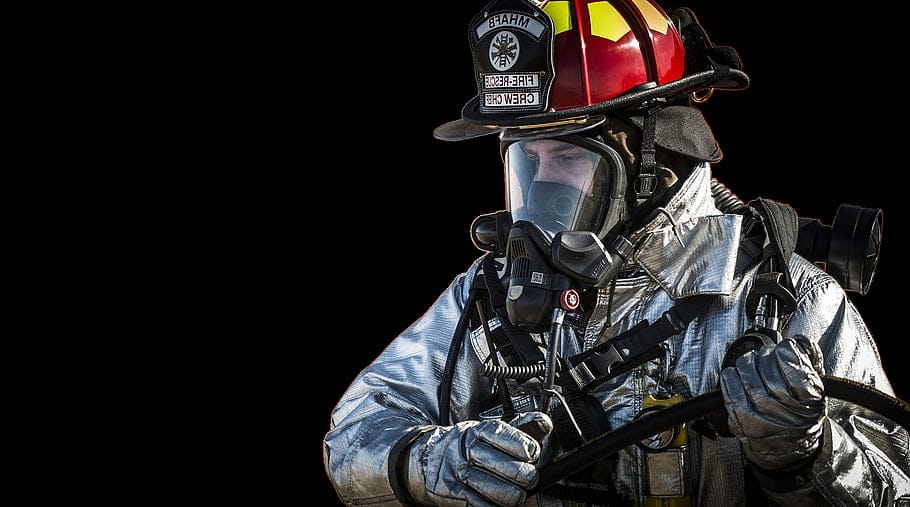 Aluminized Clothing Maintenance Guide: Cleaning, Storage, and Inspection Best Practices2025年7月8日Aluminized PPE isn’t cheap—and it’s not meant to be […]
Aluminized Clothing Maintenance Guide: Cleaning, Storage, and Inspection Best Practices2025年7月8日Aluminized PPE isn’t cheap—and it’s not meant to be […]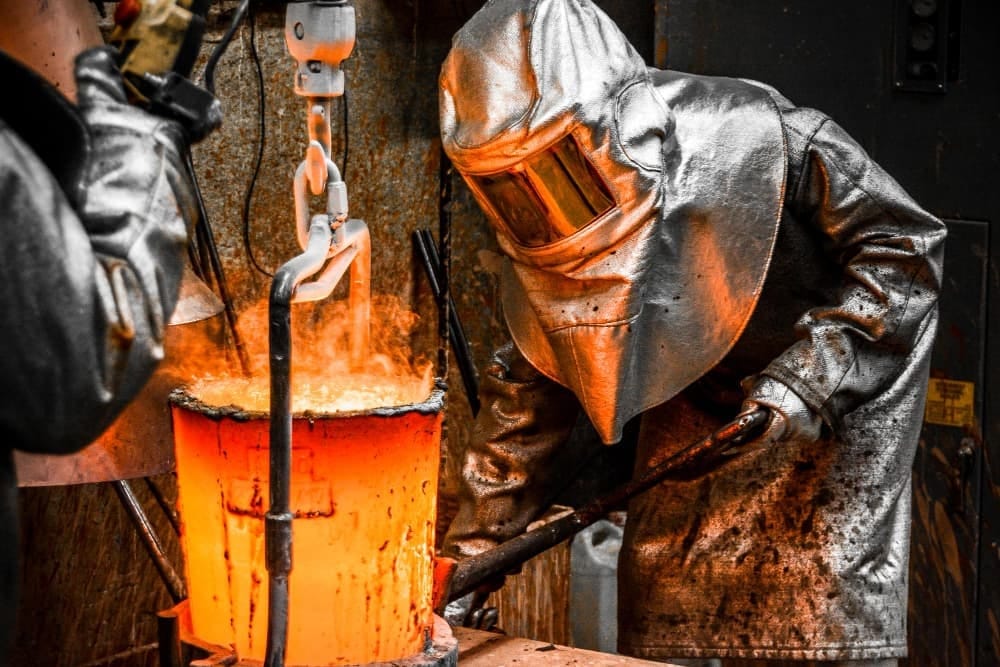 Common Mistakes in Using Aluminized PPE—and How to Avoid Them2025年7月7日Aluminized PPE looks tough—but it’s not invincible. In […]
Common Mistakes in Using Aluminized PPE—and How to Avoid Them2025年7月7日Aluminized PPE looks tough—but it’s not invincible. In […]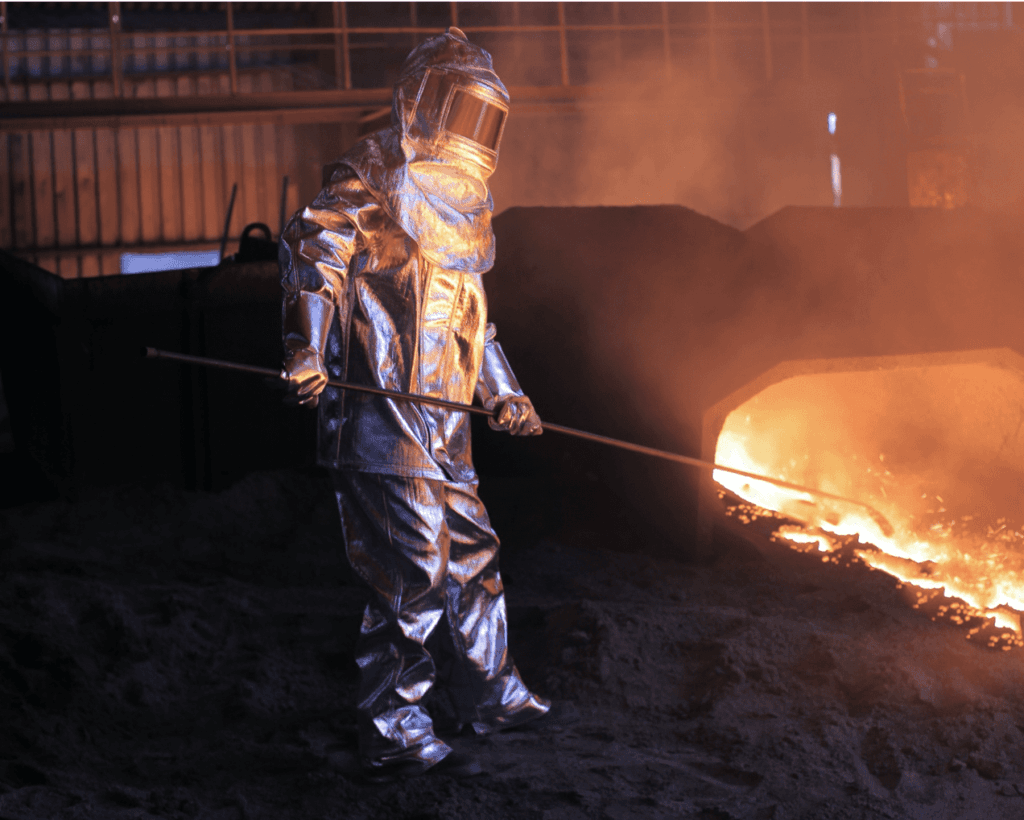 Aluminized PPE vs. Standard FR Clothing: What’s the Difference and When to Use Each?2025年7月7日Not all fire-resistant clothing is created equal. When […]
Aluminized PPE vs. Standard FR Clothing: What’s the Difference and When to Use Each?2025年7月7日Not all fire-resistant clothing is created equal. When […]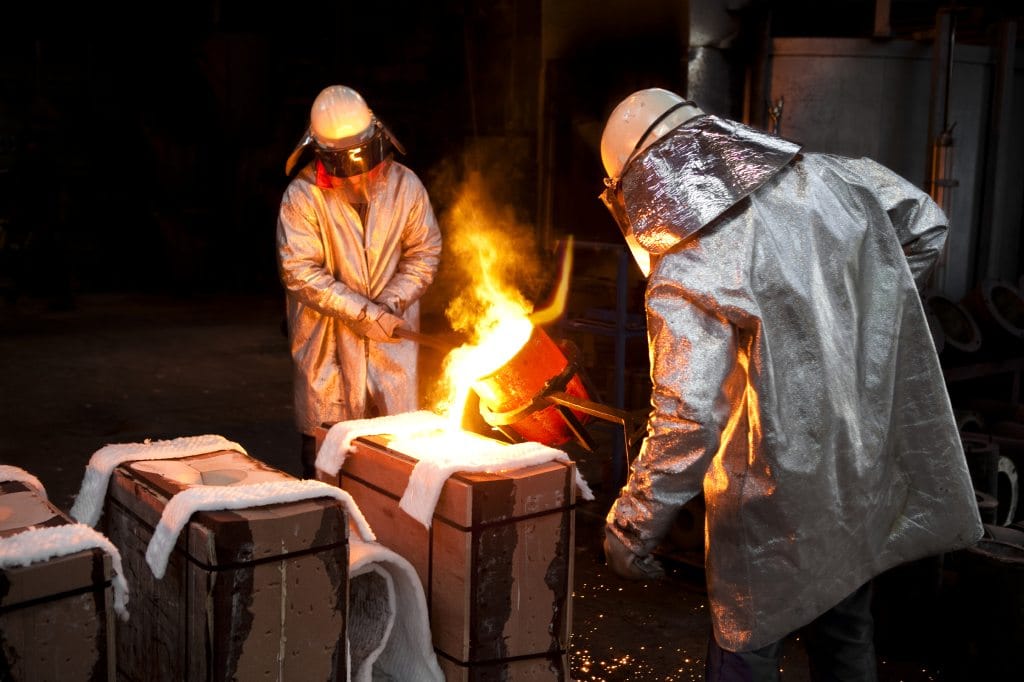 Standards for Aluminized PPE: ASTM F955, NFPA 2112, EN ISO 11612 Explained2025年7月7日"Is this aluminized suit certified?" It’s one of […]
Standards for Aluminized PPE: ASTM F955, NFPA 2112, EN ISO 11612 Explained2025年7月7日"Is this aluminized suit certified?" It’s one of […]
CONTACT US
- Feel free to contact us any time. We will get back to you as soon as we can!
- +86-17330061805
